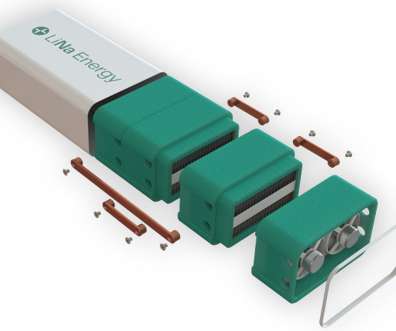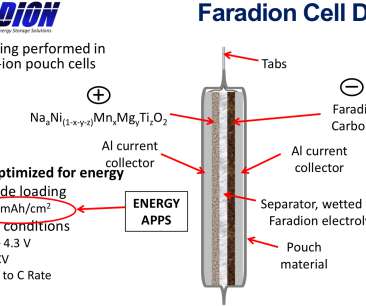Researchers use sodium to deliver low-cost MgSi alloys for solid-state hydrogen storage
Green Car Congress
MAY 9, 2022
Researchers at the University of Queensland have show that a low-cost Mg-based hydrogen storage alloy is possible with only 1 wt% Si. wt% hydrogen is achieved via trace sodium (Na) addition. A paper on their work is published in the Journal of Power Sources. A high hydrogen capacity of 6.72 —Tan et al.


































Let's personalize your content